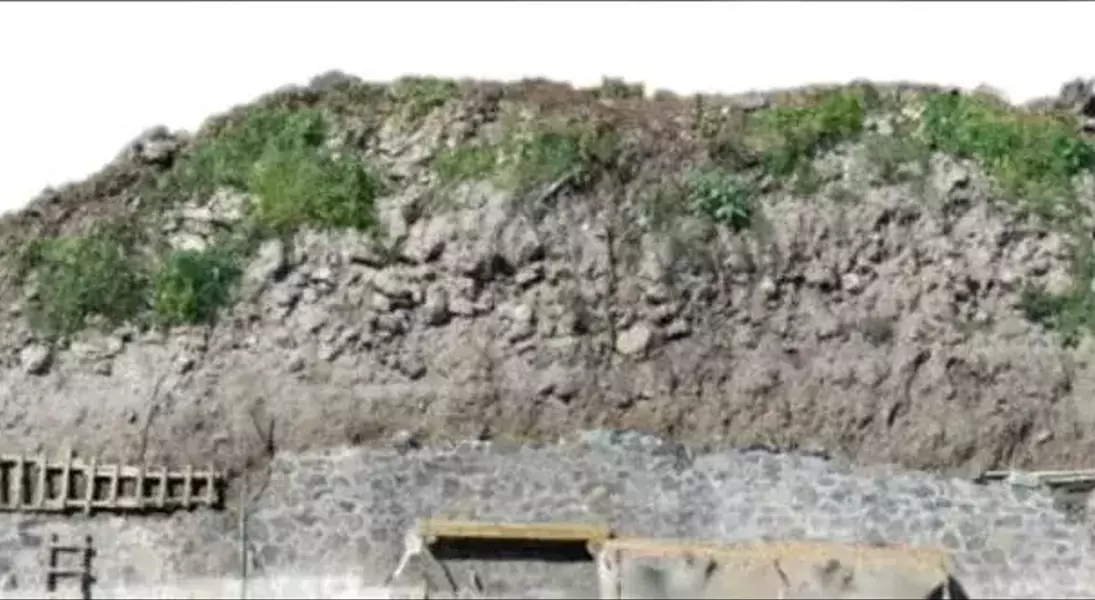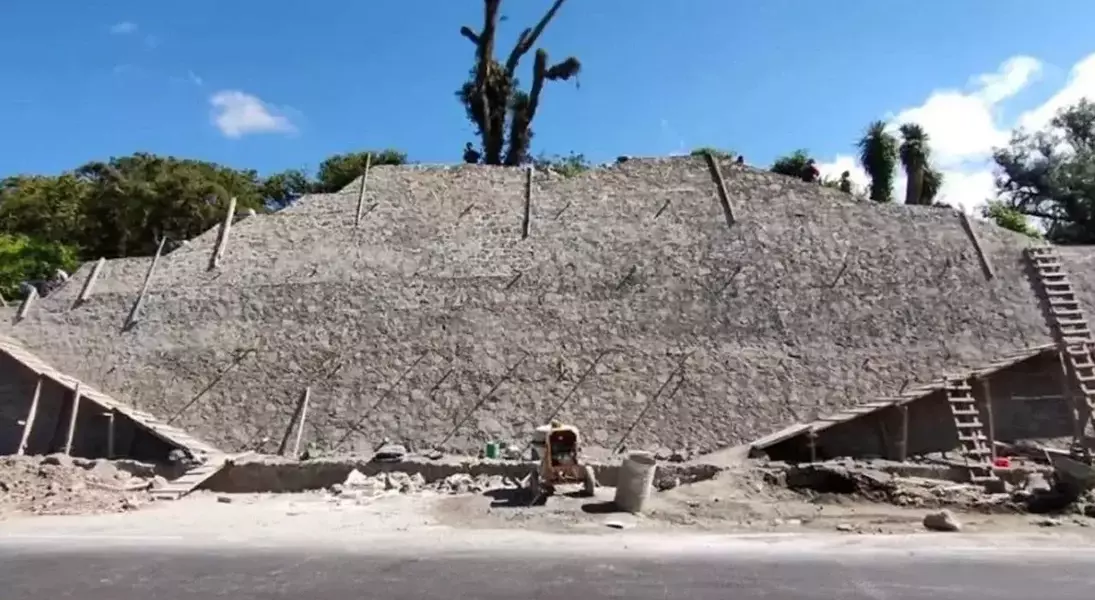Construction activities on Federal Highway 105 in Hidalgo, Mexico, have led to a remarkable discovery - the remnants of a pre-Hispanic pyramid and settlement. This find holds significant importance for our understanding of the region's history and cultural heritage.
Uncovering the Mysteries of a Pre-Hispanic Past
Discovery and Site Identification
During the construction of the Pachuca-Hidalgo Highway in Mexico, archaeologists from the National Institute of Anthropology and History (INAH) made a significant find. The site, dubbed "San Miguel" due to its proximity to San Miguel Metzquititlán, has been identified as a pre-Hispanic settlement that spans from the Epiclassic period (CE 650–950) to the Late Postclassic period (CE 1350–1519). The pyramid, referred to as "Structure 1," was discovered during the construction of a third lane on the Pachuca-Huejutla highway in San Agustín Metzquititlán. The site consists of five sectors with at least ten mounds and has yielded 155 artifacts, including ceramics, shells, and lithic materials. Researchers believe this settlement may have been associated with the Metzca lordship, a multi-ethnic society that flourished in the Sierra Alta region.This archaeological record provides valuable insights into the human occupation of the Sierra Alta region. As stated in INAH's official report, it traces settlements back 14,000 years, offering a glimpse into the lives and cultures of the past.Preservation and Documentation
To preserve this important site, INAH conducted detailed documentation using drone-based digital photogrammetry. Structure 1 was stabilized with a 43-meter-long masonry wall and reburied for conservation. Geotextiles were used to protect the exposed elements before reburial, ensuring the integrity of the site for future generations.This meticulous preservation work allows us to study and appreciate the significance of this pre-Hispanic settlement without causing any damage.Educational Outreach
Preliminary research findings have been shared with local educational institutions such as the Colegio de Bachilleres del Estado de Hidalgo and the Technological University of the Sierra Hidalguense. This initiative aims to foster awareness of the region's archaeological heritage and inspire future generations of researchers and historians.By engaging with local educational institutions, we are ensuring that the knowledge and significance of this discovery are passed on to the next generation.Challenges and Constraints
Despite the excitement and potential of this discovery, ongoing financial constraints have limited further exploration. INAH announced that budget cuts proposed for 2025 would reduce its funding by 45%, leaving little room for continued excavation or research.This financial challenge poses a significant obstacle to our understanding of this pre-Hispanic settlement. However, researchers remain hopeful that future studies will reveal more about its cultural and historical significance.Hidalgo is home to several notable pre-Hispanic sites, such as the Atlantes of Tula and the Xihuingo archaeological zone. The Atlantes, towering Toltec stone figures, are described by National Geographic as some of the largest anthropomorphic figures in the region, representing Quetzalcoatl. The Xihuingo site, associated with Teotihuacán, features the El Tecolote pyramid and astronomical markers.These other pre-Hispanic sites add to the rich tapestry of Hidalgo's cultural heritage and provide context for the newly uncovered settlement.Researchers hope that, despite the financial challenges, future studies will continue to shed light on the cultural and historical significance of this newly uncovered settlement. It is a reminder of the importance of preserving our archaeological heritage and the stories it holds.You May Like




